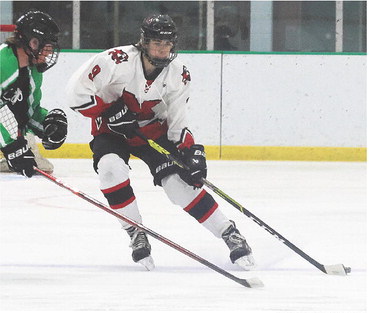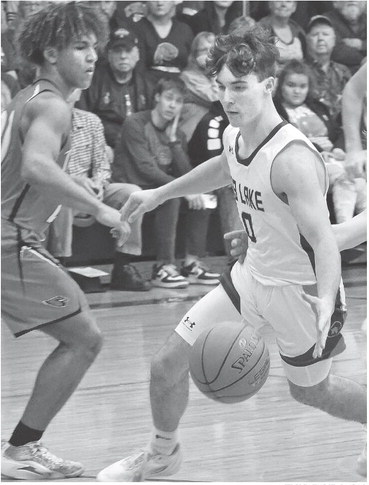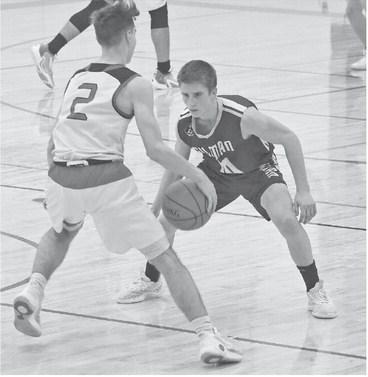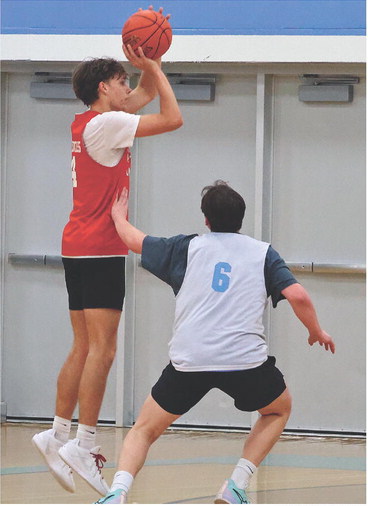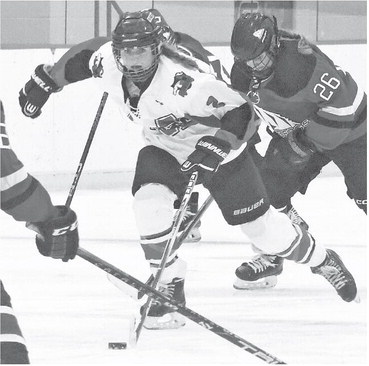Idea of switching seasons offers some food for thought


The first days of the 2020-21 school year remain relatively far in the horizon, about seven and half weeks away, but the WIAA’s 2020 fall sports season is arriving with a little more urgency with 11-man football equipment handout days set for Aug. 3 and the first practices scheduled to kick off the following day.
Girls tennis, girls swimming and eight-player football start practice on Aug. 11.
Your guess is as good as mine as to what is going to transpire for high school athletes and their sports of choice in the next month. There’s no question just about everyone from the players to coaches to administrators to the WIAA to parents wants to get going on time. But the question of “should we get going?” is weighing heavily on the minds of those who decide such things.
It’s becoming clear anything that is done in-person when it comes to school this fall will be done with some risk. To many that’s become the new normal anyway. There’s a virus out there. It may affect you greatly if you catch it, yet for many it won’t. How do we play those odds? Time will tell. Soon, that clock will be ticking more loudly.
The thought of lowering the risk by switching seasons gained momentum at the collegiate level this week with the Ivy League reportedly planning to switch its fall sports, including football, to spring. An announcement was potentially coming as early as Wednesday.
Could that spark the nation’s larger football conferences to ponder such a move at this late stage? They probably should consider it for health and wealth reasons, if spring offers hope of fuller stadiums.
There was a report this weekend on social media that indicated the WIAA was thinking about some switching of seasons as well, such as bringing track and field to fall while moving football, boys soccer and volleyball to the spring. The report’s timing seemed odd as WIAA executive director Dave Anderson, when asked about switching seasons on a statewide Zoom conference just a few days earlier, said there was no momentum in that direction. It was shot down by Monday.
“Those have been anecdotal and sidebar sorts of conversations that have been brought up in this office,” Anderson said in the June 30 videoconference. “They have not been carried over more broadly to any discussion with our Board of Control or those committees that advise us or the board to this point in time. To this point in time, while it has been chatted about informally with other state offices, to best of my knowledge there is no one heading in that direction right now.”
By the way, the WIAA’s Board of Control has no July meetings scheduled, not that it couldn’t quickly get one together if needed.
Picking specific sports to switch would be a logistical nightmare and doesn’t seem feasible. Do you really want to attend a state track, softball or baseball event in early November? But if you do think it all the way through, you could almost talk yourself into believing a complete flip of fall and spring sports has some merit.
If you’re looking to lower the risk percentages, most people would think of sports like baseball, softball, golf, tennis and maybe track as being “safer” or “more socially distant” than football or volleyball. Swimming, which is ranked as a low-risk sport, has its girls season in the fall. How socially distant cross country is depends on the pack you run in, I suppose. The WIAA offers boys soccer and girls tennis in fall and girls soccer and boys tennis in spring. Soccer is listed as a moderate-risk sport, but it’s a game that is more physical and closelycontested than it’s given credit for.
It’s not unreasonable to ask, why not play lower-risk sports in fall to buy more time for the wave or waves of infection to calm down or a vaccine to surface?
The key for a majority of sports followers would be football, which, for obvious reasons, is viewed as a high-risk sport. It’s also the sport most woven into the American fall fabric and would bring some joy back for a lot of people. Would high school football in the spring be better than no football at all or a season that ends prematurely because COVID-19 infection rates get too high? It’s an interesting thought, but one that, if it gained serious traction, might be a little late to actually pull off now.
You’d also have to ask, would it be too soon to play football again in the fall of 2021 if the “old normal” starts to return and you played in the spring? It’s one thing for colleges to shift all of their fall sports to spring. It’s another thing to do it in high school when sports programs are sharing multi-sport athletes.
But in a time where the “old normal” won’t be back for some time, ideas are welcome. At WIAA offices, offices like it in other states or in high school offices, I’m all for throwing things toward the proverbial dart board and seeing what sticks. Worst-case scenario, the virus may determine nothing sticks anyway. That’s the hard part. The unknown can make decision makers feel helpless.
Last week’s story on the University of Wisconsin study about the effects of the school shutdown and sport cancellations on student-athletes is eye-opening. A huge chunk of their daily lives vanished. It’s safe to say most students have been effected negatively, impacted mentally and socially by this unforeseen disruption in their young lives, whether they’re involved in sports, band, drama, Science Olympiad or just miss lunchtime with their friends.
As the researcher who led that study, Dr. Tim McGuine, said last week, the risks of infection versus the risks of more kids falling deeper into the grips of anxiety, depression and lack of activity do need to be weighed. Not to mention the parents who continue to wonder if they’ll have to continue helping teach their kids, finding day care for their younger kids and so on.
Watching the difficulties of the attempted restarts in professional basketball and baseball this week and seeing some of the national headlines in the last 10 days sure gives you a nervous feeling about how restarts at the local level are going to go. But the restarts will have to happen at some point.
Matt Frey is the Sports Editor at The Star News.
Matt’s
Bleacher Shots
